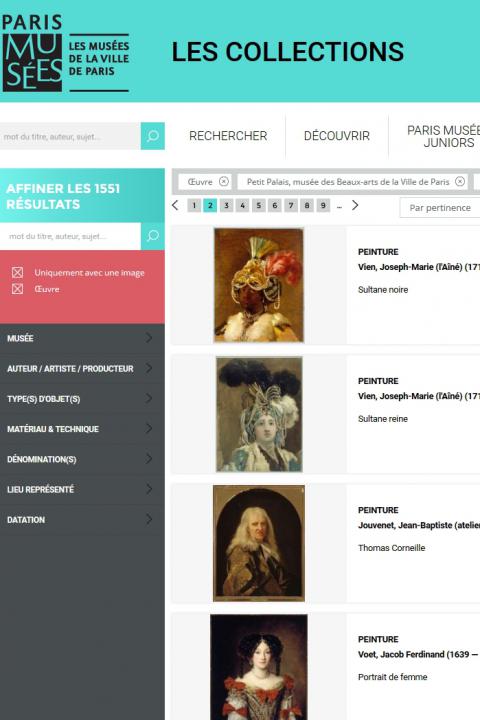A neo-Attic school developed in Greece and Italy in the late 2nd century BC. It exploited the new market for “classicist” styles inspired by the masterpieces of the 5th and 4th centuries. Large numbers of marble and, more rarely, bronze copies of originals were produced. The Fins d’Annecy Ephebe, created between 50 and 30 BC after the original by Polykleitos, is a perfect illustration of this late Republic art form.
How did this single statuette come to be in Gaul ? It was perhaps in the luggage of a high-ranking figure taking office there or was brought back from Rome by one of the local members of the Romanised elite.
Was it originally designed as a devotional object ? The divine attribute, now broken, which was held in the left hand was added at an unknown date. In what form was the statue venerated therefore ? Perhaps as Hermes the caduceus carrier or the benevolent spirit with the cornucopia, symbol of fertile harvests (Bonus Eventus) ? The collection of bronzes discovered at Fins d’Annecy in 1867 offers a striking summary of local history. This statuette broken into several pieces and three portraits, all having clearly played a part in public life, were placed in a carefully prepared cache.
P. P.-H.

City of Paris municipal collection's website
The collections portal can be used to search the collections of Paris’s 14 municipal museums (approximately 336,000 works, including 43,000 belonging to the Petit Palais).
It is also possible to download around 12,000 images of the museum’s works free of charge.
Access the Museums of the City of Paris collections portal
Extern databases
Discover a selection of databases online presenting works from the Petit Palais or documents concerning the history of the museum.
